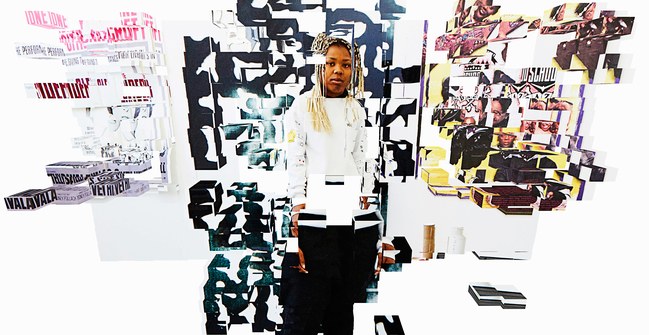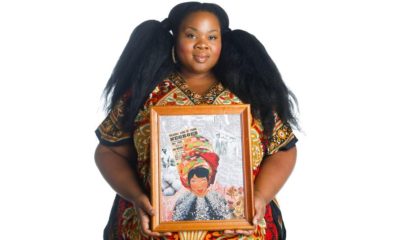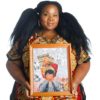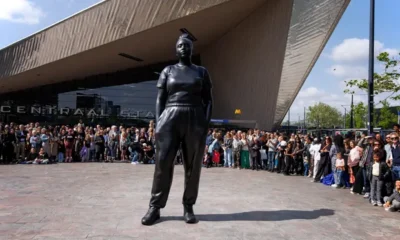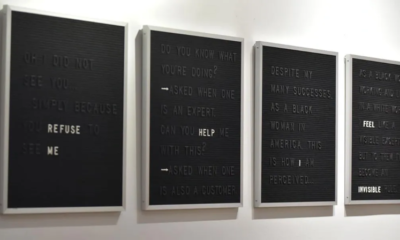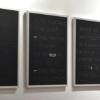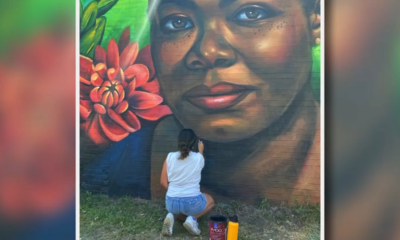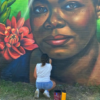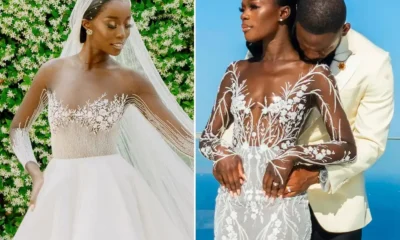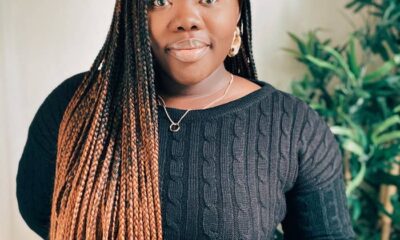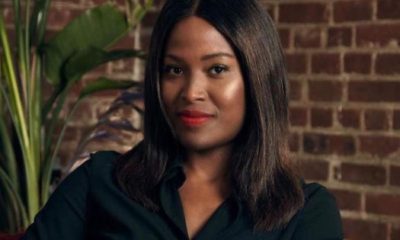Black Women in Arts
How to Be a Successful Black Woman
In a new moma show, the twenty-nine-year-old “conceptual entrepreneur” Martine Syms takes on lessons in etiquette.
In 1964, the record producer Berry Gordy recruited Maxine Powell, an elocution, dance, and comportment maven, to work with the new talent at his Detroit upstart Motown Records. Powell’s charge was to turn Gordy’s artists into entertainers “fit for kings and queens,” as Powell liked to say. Many accounts, particularly her own, credit Powell with having taught Diana Ross and the Supremes to smile the sort of unthreatening smile that could, and eventually did, persuade the white owners of the Copacabana to have the trio perform at their Manhattan club. A few years ago, the Los Angeles-based artist Martine Syms found a clip in which Powell, then in her eighties, expounded on her idea that adopting the right style could help black artists overcome the race barrier. “I said to them, ‘You know, you’re not the greatest singers in the world,’ ” she said in her regal drawl. “ ‘We’ve always had great singers and dancers in our race. But the one thing that I’m going to offer you is class. I feel that class is going to turn the heads of kings and queens.’ ”
Syms was drawn to both the cadence and the content of what Powell was saying. “There is a way disciplinarians speak,” she told me recently, her own voice trailing off. “It’s a kind of seduction.” Syms, who is twenty-nine, has described herself as a “conceptual entrepreneur,” a title that conveys her facility for film, essay, graphic and Web design, and publishing, but which also captures the trickster energy that pulses through her work. Syms looks to performance as both a medium and a subject; she stalks film and television history for images of black women “performing the mundane.” In 2015, noticing the ubiquity of gifs featuring physically expressive black women, she created “Notes on Gesture,” a looping micro-portrait featuring a friend and collaborator, the Chicago artist Diamond Stingily, posed against a purple backdrop, rolling her eyes, patting her head, and twirling her fingers. Syms is sensitive to the subtle choreographies of black womanhood, especially in the professional realm—a negotiation that the artist, who has shown at museums including the Hammer, in Los Angeles; the New Museum, in New York City; and the I.C.A. in London; among others, knows well.
The clip of Powell appears about midway through “Misdirected Kiss,” a somewhat improvised work that Syms débuted in 2015—part lecture, part performance, part blooming digital tableau—in which she sits at a desk, the screen of her laptop projected behind her, delivering a freely associative speech about modern representations of black women. As she talks, she drags clips and images onto the screen: an eight-by-ten head shot of Queen Latifah as Khadijah James, from the nineties working-girl sitcom “Living Single”; the supermodel turned entrepreneur Tyra Banks; the journalist Isabel Wilkerson; images from raucously stereotypical fin-de-siècle gag films and from Syms’s own girlhood. At one point, Syms stands center stage, hands on hips, cycling through “power poses” as outlined in the popular ted Talk of the body-language evangelist Amy Cuddy. When I asked Syms whether the lecture, which seems to blur sincerity and farce, was serious—if she believed, to any degree, in these edicts of respectability, unfashionable in our era of unfettered
Please read original article – How to Be a Successful Black Woman



